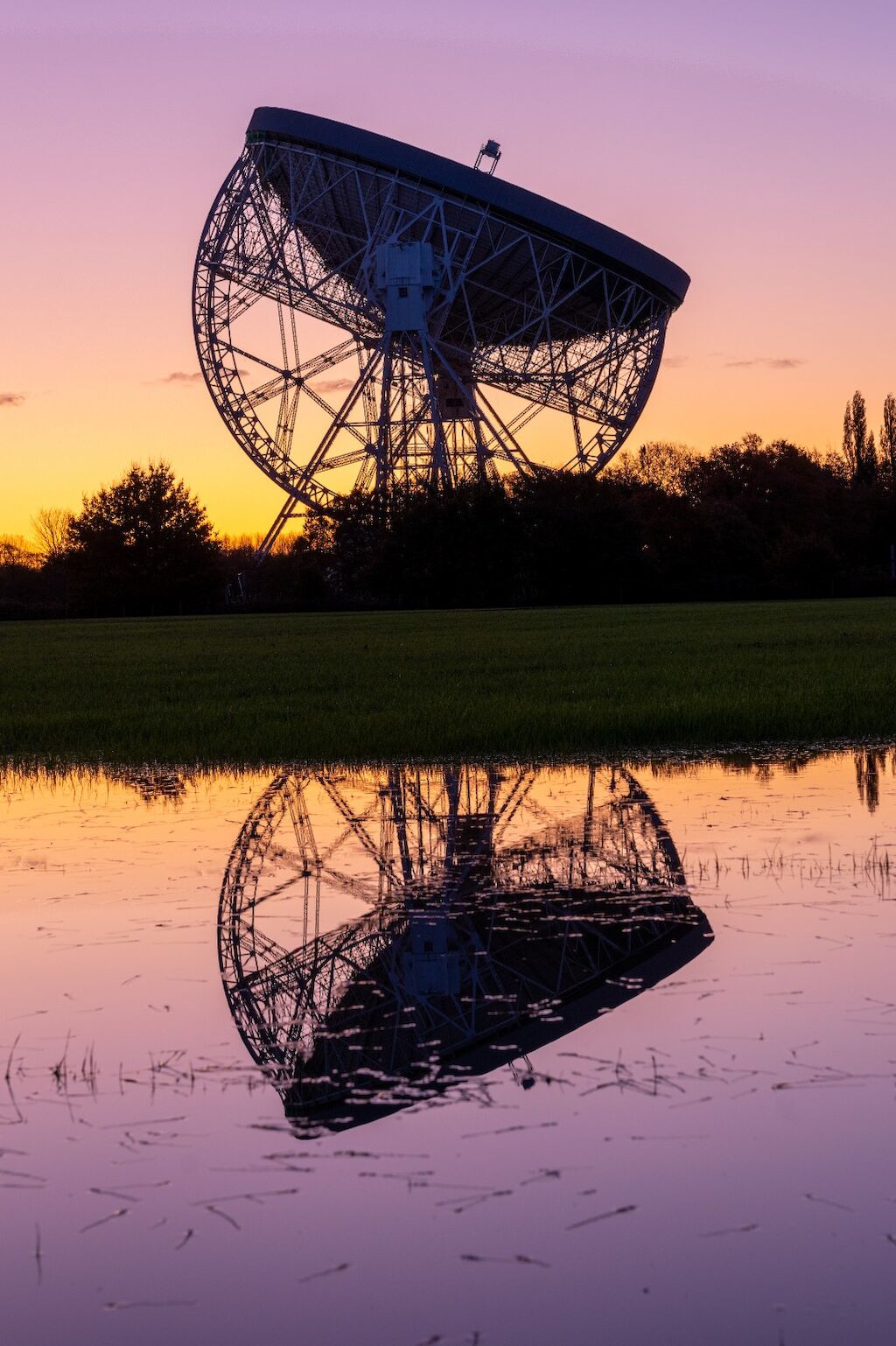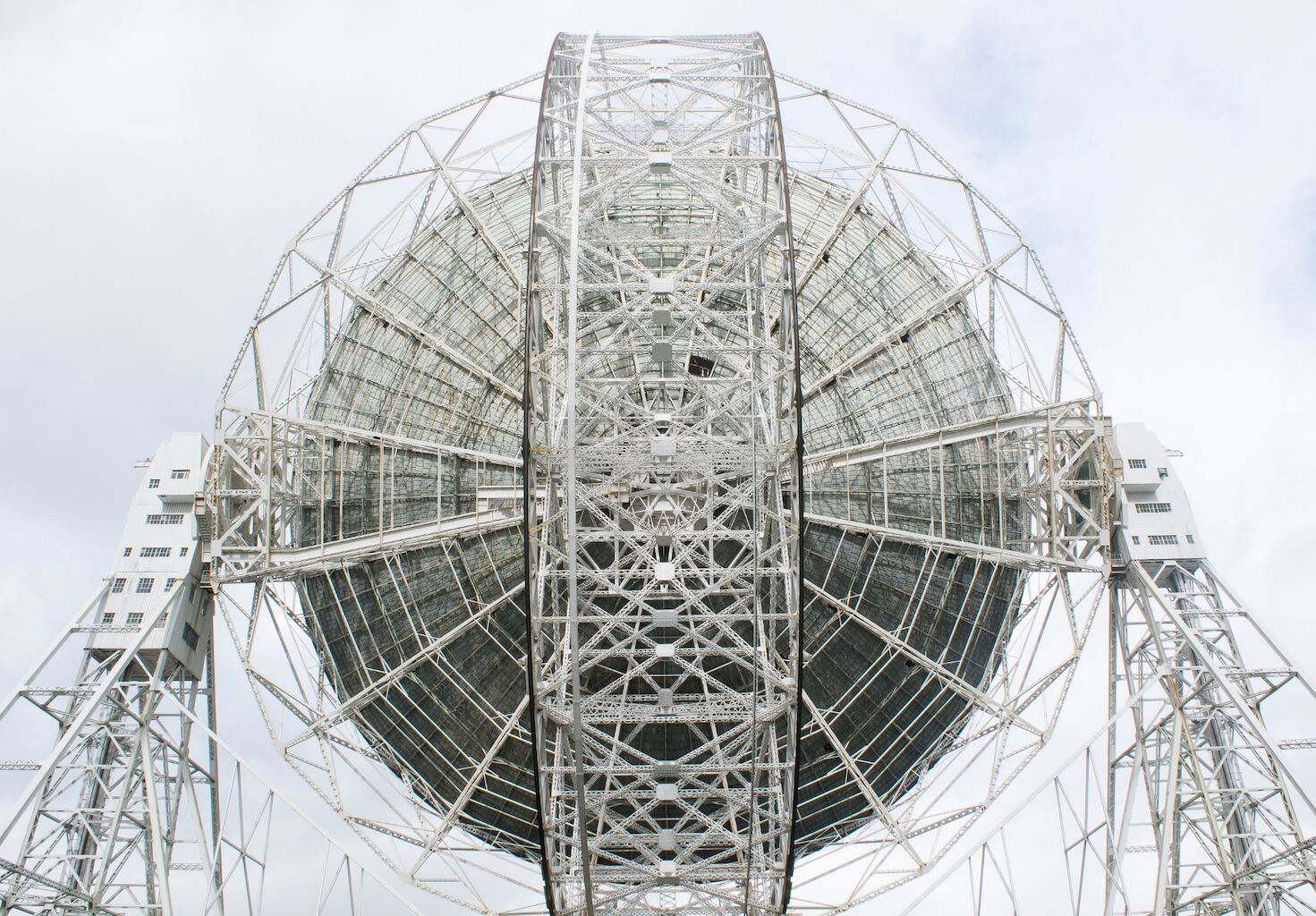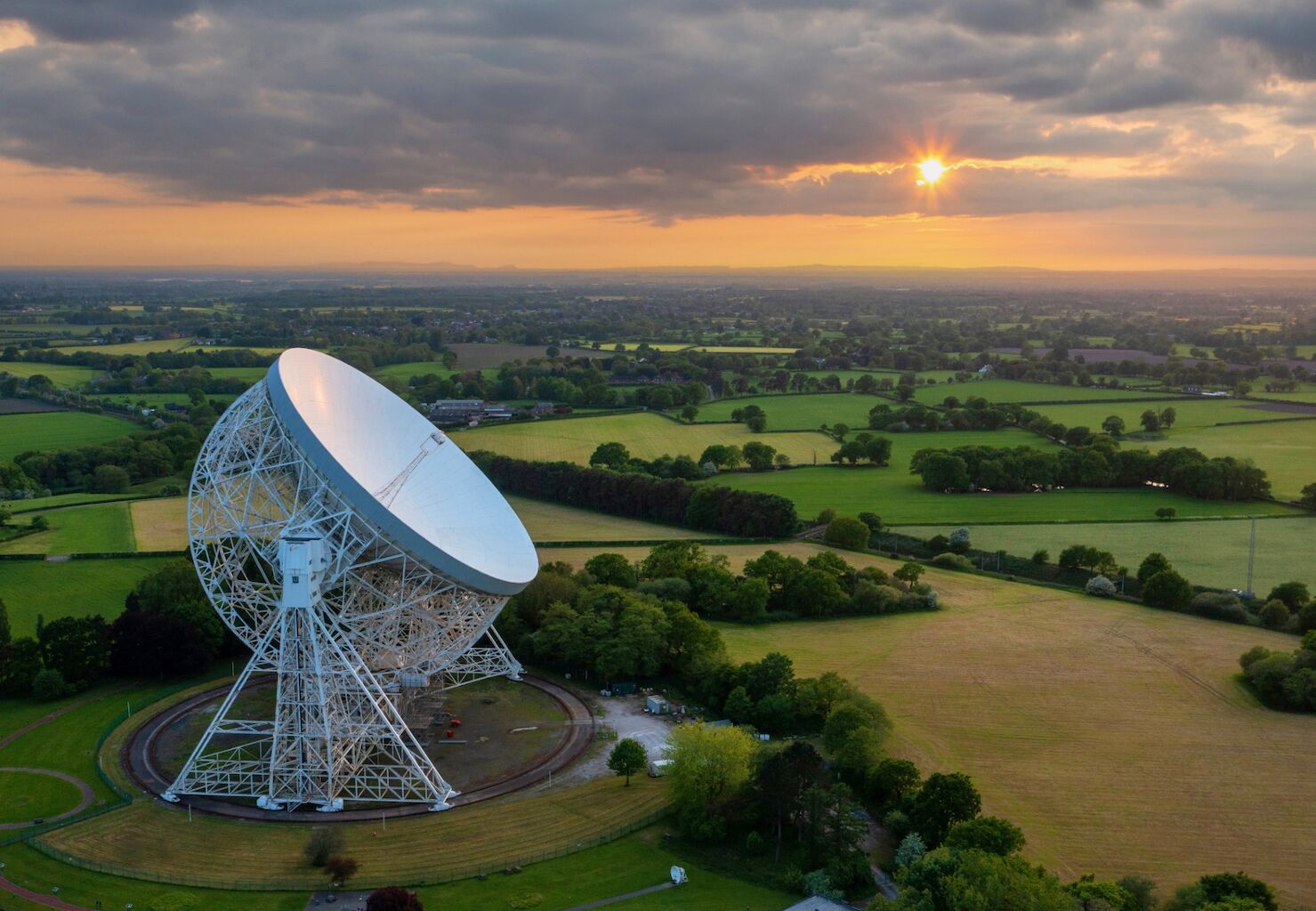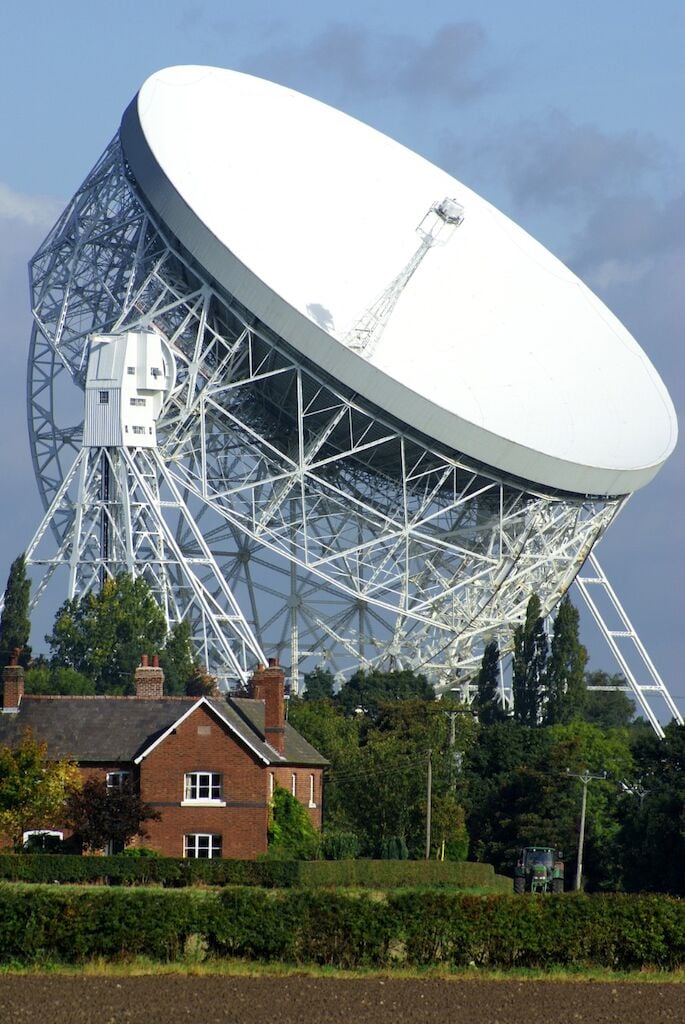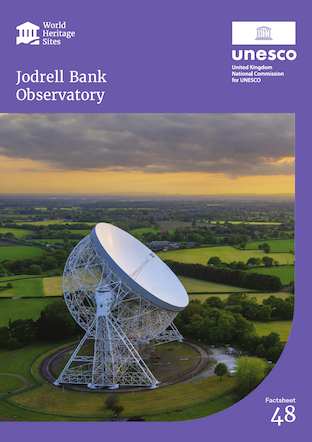Jodrell Bank Observatory
Jodrell Bank’s inspirational story includes revolutionary scientific discoveries, amazing feats of engineering, the dawn of the Space Age and the creation of the Grade I listed Lovell Telescope. A beacon on the horizon, it stands out on the Cheshire skyline as an icon of science, engineering, heritage and curiosity. Jodrell Bank has been welcoming stargazers since the 1960s and now offers a day out of interstellar wonder, with live science demonstrations, planetarium shows and interactive exhibitions.
What makes this UNESCO Designation special?
Jodrell Bank Observatory is a UNESCO World Heritage site and home to the iconic Lovell Telescope, the UK’s largest radio telescope. This world-renowned centre seamlessly blends science with entertainment, offering immersive planetarium shows and award-winning interactive exhibitions that bring the wonders of space exploration to life.
At the heart of the site, the First Light Pavilion, an award-winning architectural dome, houses a ground-breaking exhibition that tells the story of Jodrell Bank from its post-war origins through the Space Race and Cold War era, to its present-day discoveries.
As part of Cheshire’s rich cultural landscape, it provides an exceptional day out for visitors of all ages. Guests can immerse themselves in interactive experiences from listening to sounds from deep space to experimenting with the popular whispering dishes. Set within extensive, fully accessible grounds, guests can enjoy peaceful moments in the arboretum, let children explore the playground, relax in picnic areas, browse the gift shop or re-fuel in one of two cafés with spectacular telescope views.
Throughout the year, Jodrell Bank hosts live science shows, special events and a variety of engaging activities, making it a must-visit destination for both locals and tourists alike.

